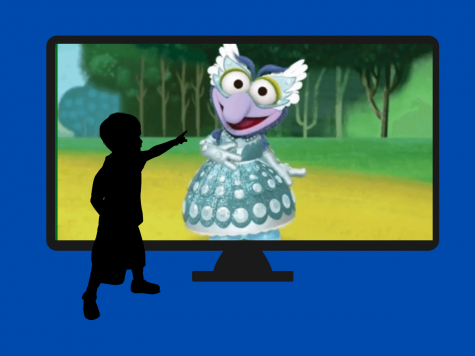Gender Defender: The battle against sexist scrutiny of women in politics
According to a 2008 Northwestern University study, voters evaluate women politicians more on beauty and approachability, while only looking for competence and dominance in male politicians.
But it’s not just voters who propagate these prominent gender stereotypes– the media does as well. Often times, female politicians are scrutinized for their appearance instead of political ideologies.
Though most running for the presidency are male, a few mainstream female politicians have announced their candidacy, including Carly Fiorina and Hillary Clinton. While it is reassuring that more women are campaigning for positions in the government, they will unfortunately have to face sexist media coverage.
Clinton has constantly been criticized for her appearance, rather than her policy. Conservative radio host Rush Limbaugh, when talking about Clinton, once said, “Will Americans want to watch a woman get older before their eyes on a daily basis?” Male candidates rarely, if ever, have to face criticism for the way they look.
Women are expected to uphold a youthful and traditionally feminine appearance in order to be respected and taken seriously.
Limbaugh’s quote only hints at a layer of deeply ingrained sexism in our society. While an aging man is regarded as wise and respectable, an aging woman is seen as used up and of lesser value. When a woman no longer appears conventionally attractive, she has lived past her use.
Furthermore, if a woman does not conform to cultural appearance and behavioral standards, then she is an outlier, therefore, subject to judgement and ridicule because she has defied social norms. The way Clinton presents herself opposes what society deems appropriate for women.
Clinton wears pants suits, exudes confidence and campaigns for positions of power. These traits are associated with masculinity, consequently making Clinton somewhat of a paradox– clearly a female, but not at all “feminine.”
Because of her deviance from traditional gender roles, aging appearance and stereotypically masculine traits, it’s easy for the media to target Clinton. I’m not saying the media shouldn’t criticize female political candidates– I’m saying the media should focus on their politics instead of their appearances.
Sadly, it’s not just Clinton who has faced sexist media coverage. Sarah Palin, during the 2008 presidential elections, was bombarded with numerous misogynistic reports. In fact, in the traditionally liberal magazine, Salon, Palin was sexualized incessantly. Called “pin up queen,” “dominatrix” and a “Christian Stepford wife in a ‘sexy librarian’ costume.” Palin became the “Caribou Barbie,” instead of a living, breathing politician.
Although Palin and I share opposing viewpoints on policy, it would be more constructive to veer away from her appearance and critique her ideas instead.
Who cares if she dresses well and has teeth so white the tea party would endorse them? The way Palin looks does not in any way impact her ability to govern or perform political duties.
We need to start looking at women for more than just visual pleasure. This is not a purely liberal issue– it’s a conservative one as well. Even T.V. shows like The Colbert Report and The Daily show have made cracks about both Palin and Clinton’s appearance.
Criticizing female politicians for their views instead of their looks isn’t political correctness run amok– it’s turning a blind eye on common courtesy.




